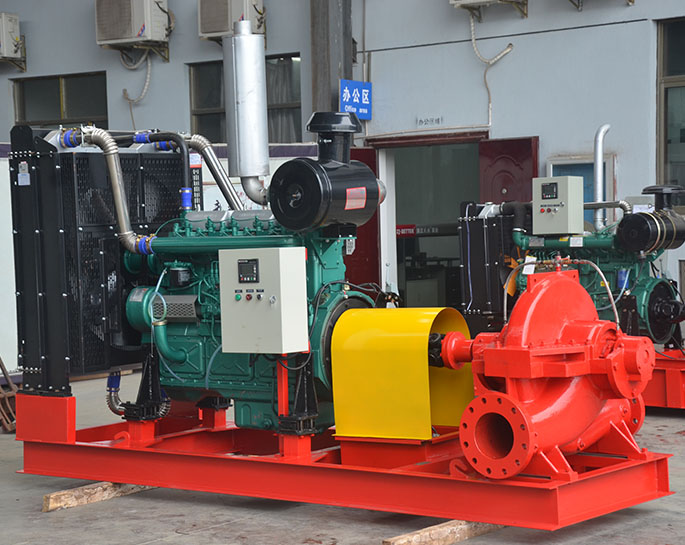How to deal with the phenomenon that the fire pump suction is too high?
If you're experiencing a situation where the fire pump suction pressure is too high, it could indicate a potential issue in the pump system that needs to be addressed promptly. High suction pressure can lead to pump cavitation, reduced pump efficiency, and potential damage to the pump. Here's how you can deal with this phenomenon:
-
Stop the Pump: If you notice that the suction pressure is too high, immediately stop the fire pump to prevent any potential damage or issues from worsening.
-
Check the Suction Line:
- Inspect the suction line for any obstructions, kinks, or blockages that could be causing the high pressure. Make sure there are no debris, leaves, or foreign objects that might restrict the flow of water into the pump.
- Check that all valves on the suction line are fully open and that there are no partially closed valves causing increased resistance.
-
Check the Water Source:
- Ensure that the water source (e.g., water tank, reservoir, hydrant) is providing an adequate and consistent supply of water. Low water supply can lead to increased suction pressure.
- Verify that the water source is not running low or experiencing issues that might be affecting water delivery to the pump.
-
Evaluate the Pump's Location:
- The pump's location in relation to the water source can impact suction pressure. The pump should ideally be situated as close to the water source as possible to minimize friction losses in the suction line.
- If the pump is located too far from the water source, consider adjusting its placement to improve suction conditions.
-
Inspect the Impeller and Seals:
- A damaged or clogged impeller can cause increased resistance and higher suction pressure. Inspect the impeller for any signs of damage or debris.
- Check the seals for proper alignment and condition. Damaged or worn seals can contribute to suction issues.
-
Check for Air Leaks:
- Air leaks in the suction line can disrupt the flow of water and lead to high suction pressure. Inspect all connections, joints, and fittings for signs of air leaks.
- Seal any potential points of air ingress to ensure a proper water-tight system.
-
Review System Design and Piping:
- If the pump system was recently installed or modified, review the design and piping layout. Incorrectly sized or configured piping can lead to high suction pressure.
- Consult with a professional if necessary to ensure that the system design is optimal.
-
Pressure Relief Valve:
- Consider installing a pressure relief valve on the suction line to prevent excessive pressure buildup. This valve will open when the pressure exceeds a certain threshold, helping to protect the pump.
-
Consult Professionals:
- If you're unable to identify and address the issue on your own, it's advisable to consult with a qualified pump technician or fire protection specialist. They can perform a comprehensive assessment and provide expert guidance.
Remember that addressing high suction pressure promptly is important to prevent potential damage to the fire pump system and to ensure its proper functioning during emergency situations.



.png)

.png)


